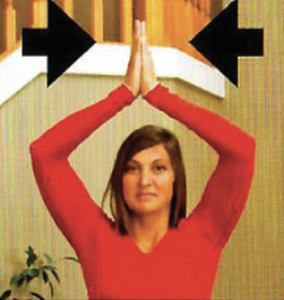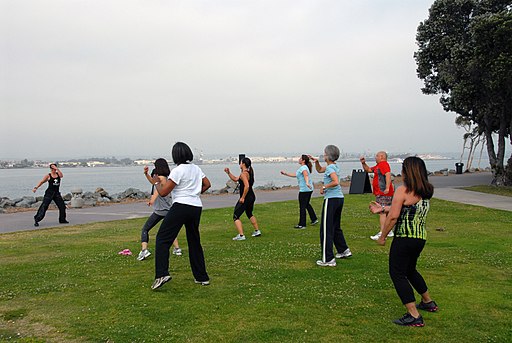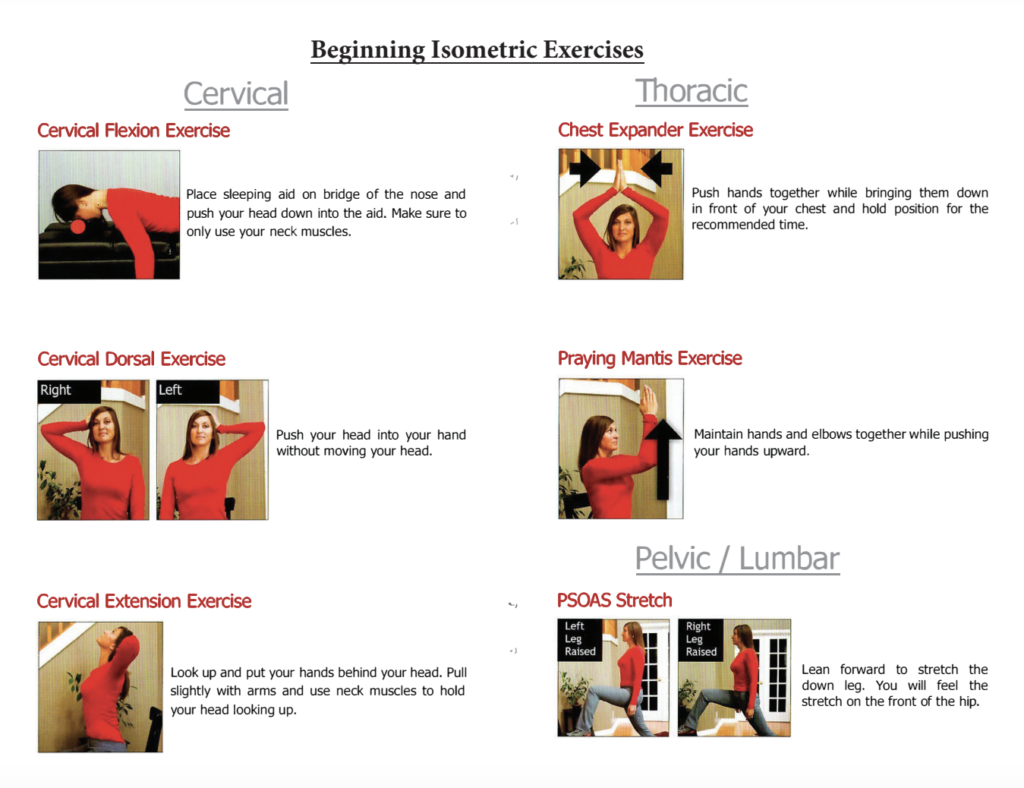Exercise is one of the most powerful anti-inflammatory interventions. The higher the intensity of the exercise, the more antioxidants your body releases afterward to help quench inflammation.
However, one must pay attention to the intensity and duration for exercise to be inflammatory versus pro-inflammatory. The intensity will impact factors such as hormone growth factors, natural opioids, brain-derived neurotrophic factor (BDNF), and compounds that help regulate inflammation.
But what if you can’t engage in high-intensity exercise? Does this mean you’re forced to miss out on the benefits?
Some people are not able to engage in high-intensity exercise for various reasons. They may have an injury or permanent joint damage that makes intense exercise difficult.
What we more commonly see is the person who can’t recover, has a health setback, or sustains an injury every time they begin an exercise program. Exercise releases free radicals, which boosts antioxidant production, but some people’s systems are too beleaguered to compensate.
This state of poor resilience and heavy inflammation stems from factors such as:
• Unmanaged autoimmune or chronic health conditions
• Long-standing high blood sugar
• Hormone imbalances
• Electrolyte imbalance
• Adrenal imbalances
• Weak immunity
• Obesity
• Endotoxemia—when harmful bacterial byproducts leak from the gut into the bloodstream.
These factors frequently occur together. While the advice to “eat right and exercise” seems logical, the truth is some people cannot handle the additional load without falling apart.
Isometric exercises can help dampen inflammation
The solution is not to resign yourself to a sedentary lifestyle, which is very inflammatory and devastating to the brain.
Instead, we can look to promising research on myokines, immune signaling compounds released by muscles. Studies show that exercise does not have to be intense to release anti-inflammatory myokines.
Instead, simply doing isometric exercises—holding a muscle contraction—can effectively dampen inflammation.
Studies also show that daily sessions of isometric exercises can even outperform traditional aerobic exercises like running and walking when it comes to lowering blood pressure. The mechanism behind this is thought to involve improved vascular function and decreased arterial stiffness. Additionally, isometric exercises can enhance autonomic nervous system function, contributing to better blood pressure regulation.
Isometric exercises sound easy, but they’re not. However, many can still be performed in sitting or lying positions. As with all exercise, start small and build over time as strength builds.
Isometric exercise ideas

Don’t overthink this. Contract a muscle and hold the contraction for 10–30 seconds, then move to another muscle. As your strength improves, increase the time you hold the contraction. Shoot for at least 10–15 minutes a day total.
If you work at a desk all day, set a timer to go off every 55 minutes and do a few minutes of isometric exercises to help combat “sitting disease.”
Here are some isometric ideas to get you started. Remember, even though this is gentle, don’t overdo it. Start cautiously if your health is compromised so you don’t overwhelm your system.
Hold each exercise for 10–30 seconds when starting out. Increase the duration as you get stronger.
- Contract larger muscle groups one at a time, such as the biceps, triceps, quadriceps, glutes, and calves.
- Wall sit: Stand with your back against a wall and slide down into a seated position as if sitting in an invisible chair, keeping your knees at a 90-degree angle.
- Seated leg raise: Sit in a chair with your back straight. Extend one leg straight and hold it.
- Palm Press: Sit or stand with your back straight. Press your palms together in front of your chest and push them against each other as hard as you can.
- Seated Abdominal Squeeze: Sit upright in a chair. Tighten your abdominal muscles as if you were trying to bring your belly button closer to your spine.
- Glute Bridge Hold: Lie on your back with your knees bent and feet flat on the floor. Lift your hips to form a straight line from your shoulders to your knees and hold.
- Isometric Bicep Hold:Hold a light dumbbell or just use your own body weight by placing your hands on a table edge. Bend your elbows to 90 degrees and hold.
- Chair Squat Hold: Stand in front of a chair with your feet shoulder-width apart. Lower yourself as if you were going to sit down, but stop just before you touch the chair.
- Seated Calf Raise: Sit in a chair with your feet flat on the floor. Raise your heels off the ground and hold.
- Hand Grip Squeeze: Use a hand grip strengthener or squeeze a stress ball as hard as you can and hold.
- Neck Isometrics: Sit or stand with good posture. Place your hand against your forehead and press your head forward into your hand without allowing any movement an hold. Repeat by placing your hand on the back of your head and pressing backward, then on each side of your head


